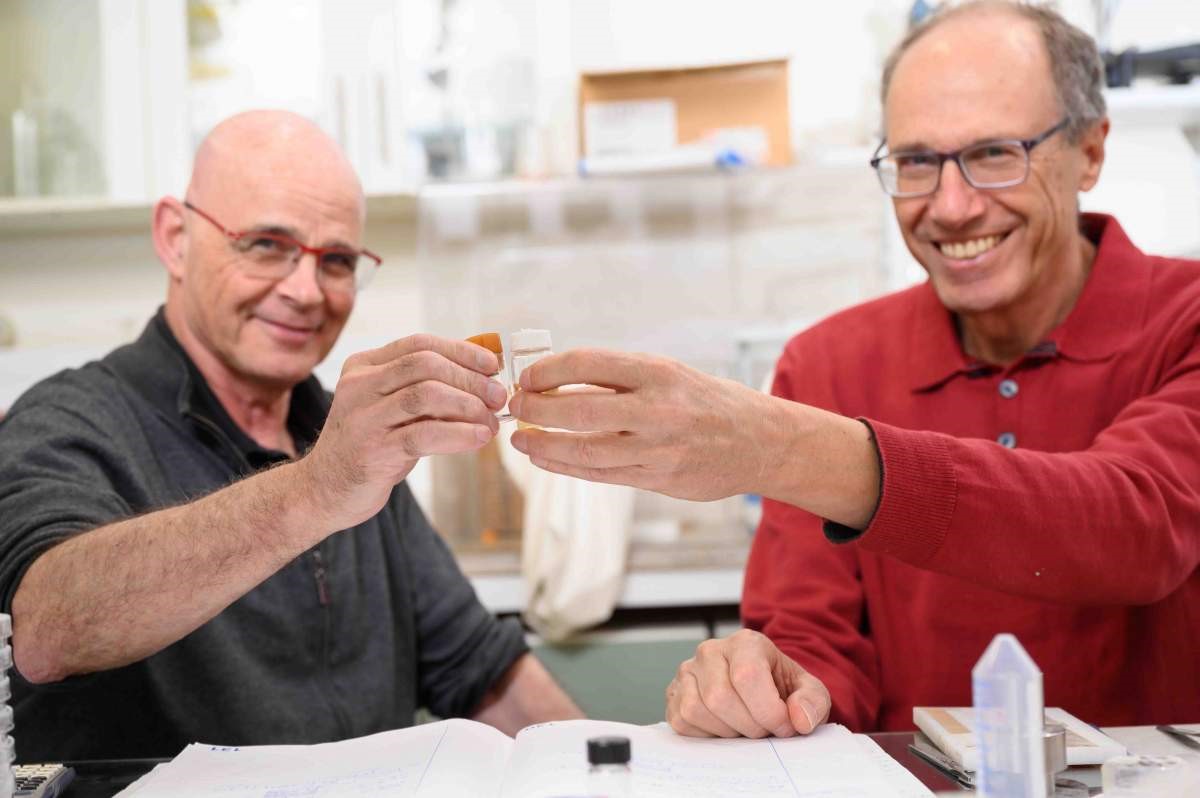Exploring the Physical World
Although over the centuries we have learned much about our physical world, from the earth below to the stars above, there are still many mysteries to uncover.
With curiosity and a thirst for knowledge as the drivers of Weizmann Institute scientists, they are working hard to unlock the doors to these answers.
Weizmann archaeologists were the first to find a way to precisely identify and analyse prehistoric ashes and discovered a pure, well-preserved DNA source in fossilised bone.
Weizmann material scientists and structural biologists also revealed that shell and bone form in a similar way and its astrophysicists for the first time watched a massive star – estimated to be a mass of 200 suns – turn supernova to black hole.
Weizmann hydrologists work towards aiding the development of sound environmental policies by providing models of how groundwater moves. Overall, Weizmann is looking at the past to understand the future of our planet and universe works.
Facts
First to watch a star turn supernova then black hole
Helped prove in 1957 that ‘gluons’ – responsible for natures strongest force – exist
Showed that 50% of the mineral dust feeding the Amazon is from one small African valley
Calculated that when holding up one grain of sand to the sky, the part it covers contains 10,000 galaxies
Weizmann Institute of Science joins Giant Magellan Telescope
Watch me
WIS Talks - Prof. Roee Ozeri
Watch me












